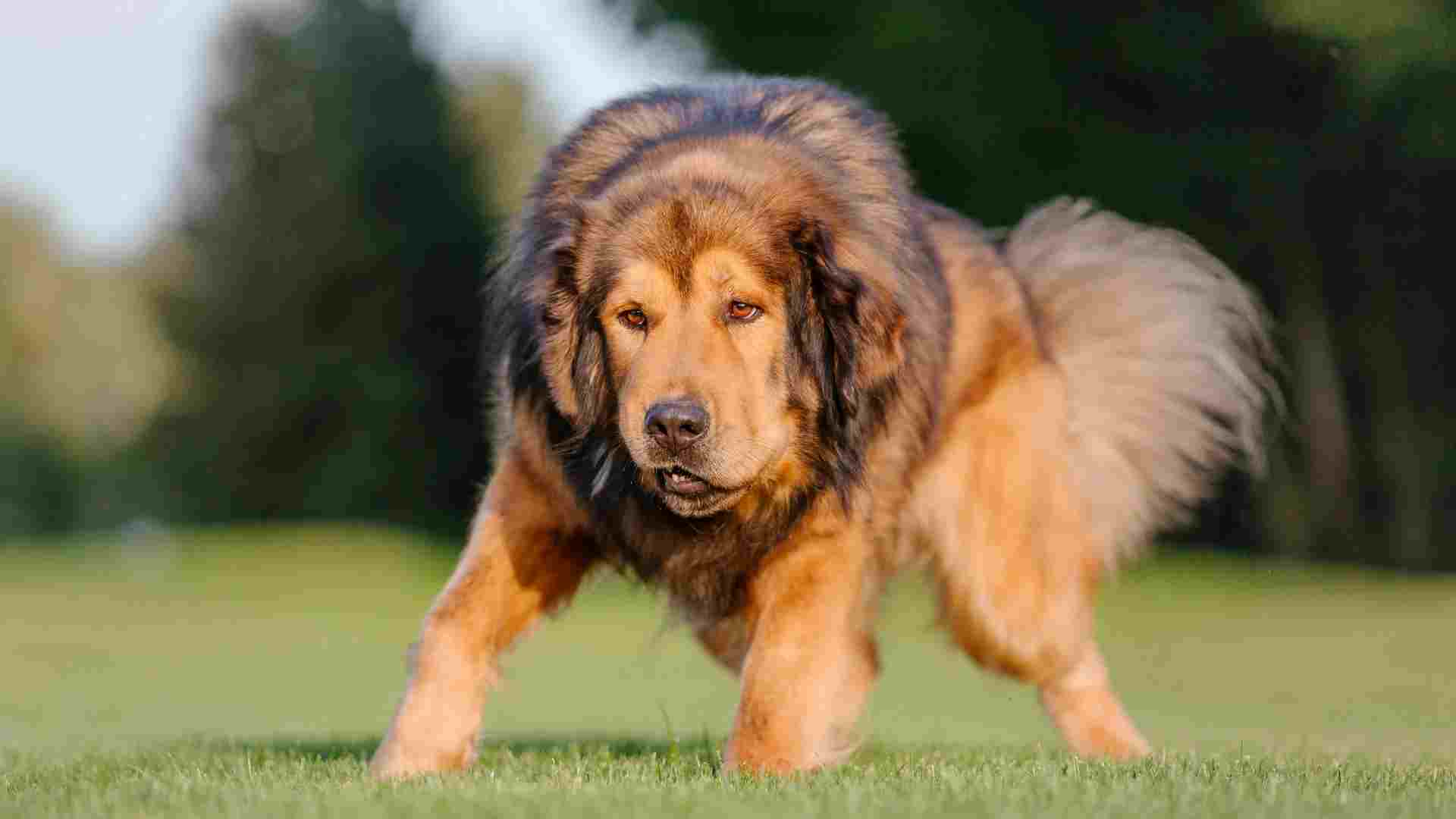Bears roam some of North America’s wildest corners, and yes, they’re impressive—but humans have relied on dogs to keep them in check for centuries. Here’s the thing: a 2024 study in Montana revealed that simply having a livestock guardian dog on-site reduced grizzly bear visits by nearly 88%—that’s a serious drop in close encounters.
Barking, scent, and dog presence often send bears packing before any real danger develops. No shootouts, no injuries—just a smart, instinct-driven deterrent. It’s a delicate balance—your dog’s bark can mean the difference between awareness and threat. You’re not just walking a pet, you’re navigating a dynamic between humans, dogs, and some of the wildest animals out there.
Knowing which breeds and traits can help in a high-stakes wildlife situation matters more than ever. We’ll dive into which dogs are best suited to stand their ground when a bear crosses their path.
Dog Breeds That Can Defend You From a Bear
Here are the 7 best dogs to hunt bears:
1. Anatolian Shepherd
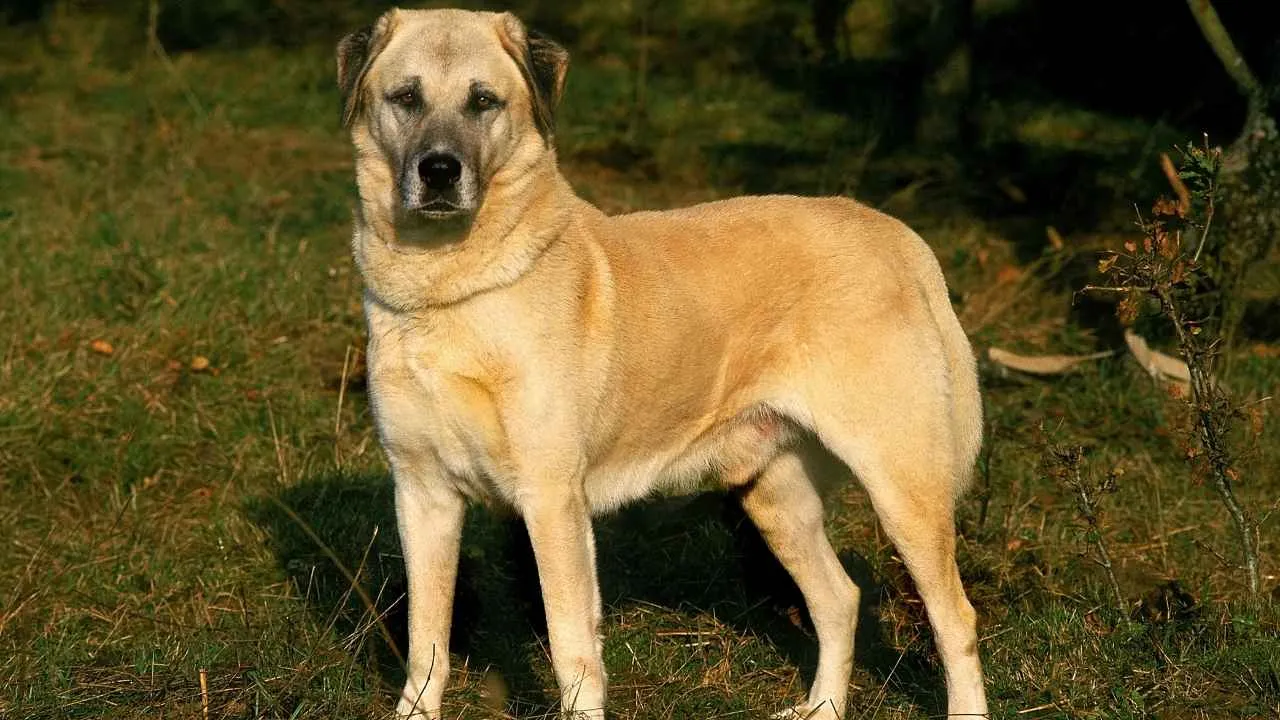
If you’re living in remote areas where animals roam freely or you’re worried about keeping your ranch, yard, or livestock safe, the Anatolian Shepherd is worth serious consideration.
This isn’t a pet that just follows you in the woods—this is a dog that was born to protect, trained for centuries to confront predators head-on.
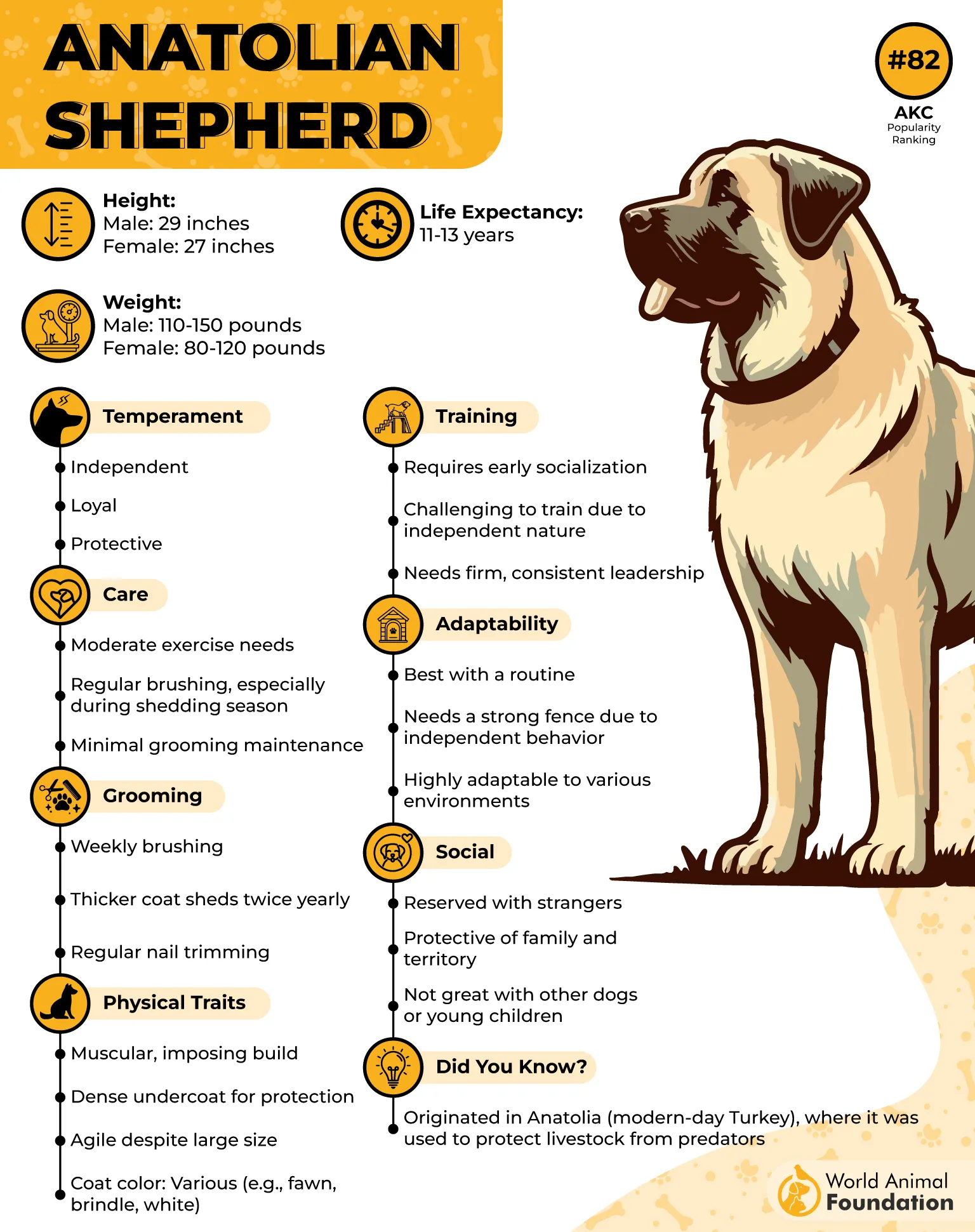
Massive Size: According to the American Kennel Club (AKC), they are 27–29 inches tall and weigh up to 150 pounds. It’s the kind of dog that makes most bears think twice before getting too close.
Ancient Instincts: They descend from one of the oldest domestic bloodlines—they don’t just bark at danger, they assess and act.
Signature Look: That high, wheel-shaped tail when alert is your signal that this dog senses something you don’t.
Double Coat Armor: The thick, rough double coat provides a degree of protection against the elements and the claws of any animal reckless enough to test them.
Sheds with the Seasons: Especially during spring and summer, they need a full brush-out every few days to remove dead hair—something to keep in mind if you’re planning long hikes or camping trips with one.
2. Caucasian Shepherd
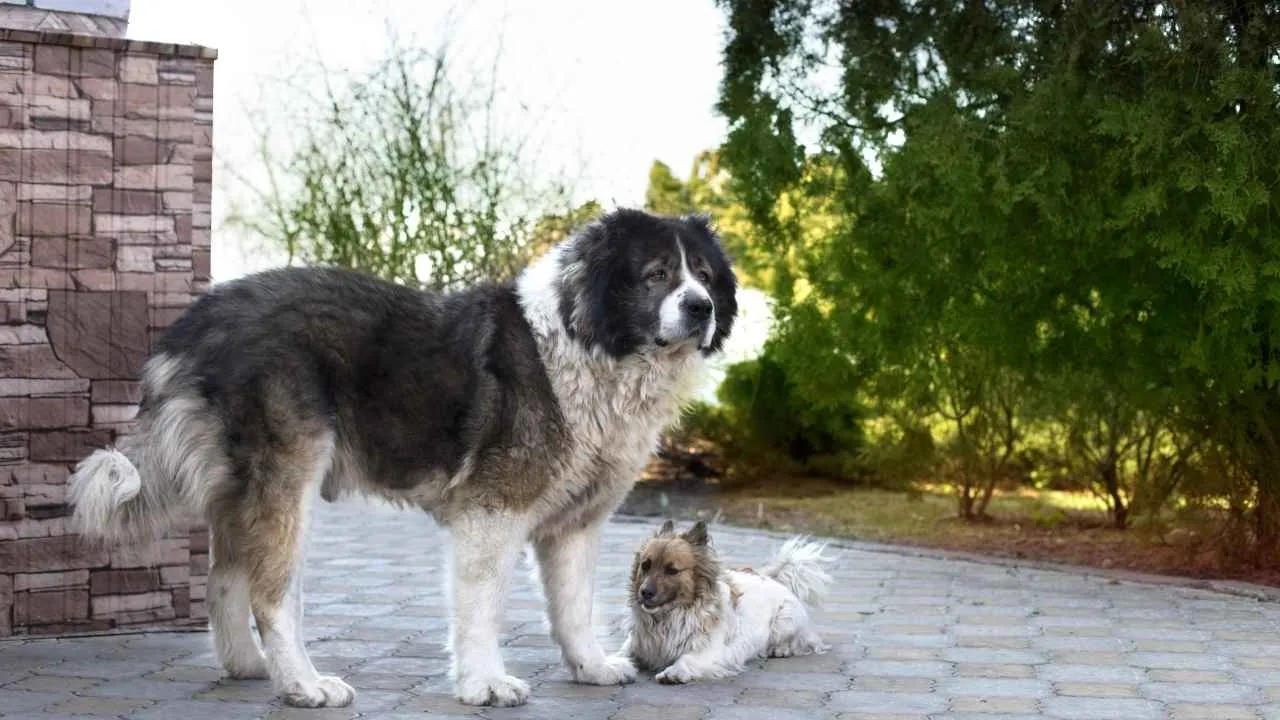
The Caucasian Shepherd is what happens when a dog is bred for one purpose over centuries. Hailing from the harsh terrain of the Caucasus Mountains, this massive dog wasn’t designed for obedience trials or fetching tennis balls.
It was built to hold the line against bears and wolves that threatened entire flocks—and sometimes armies.
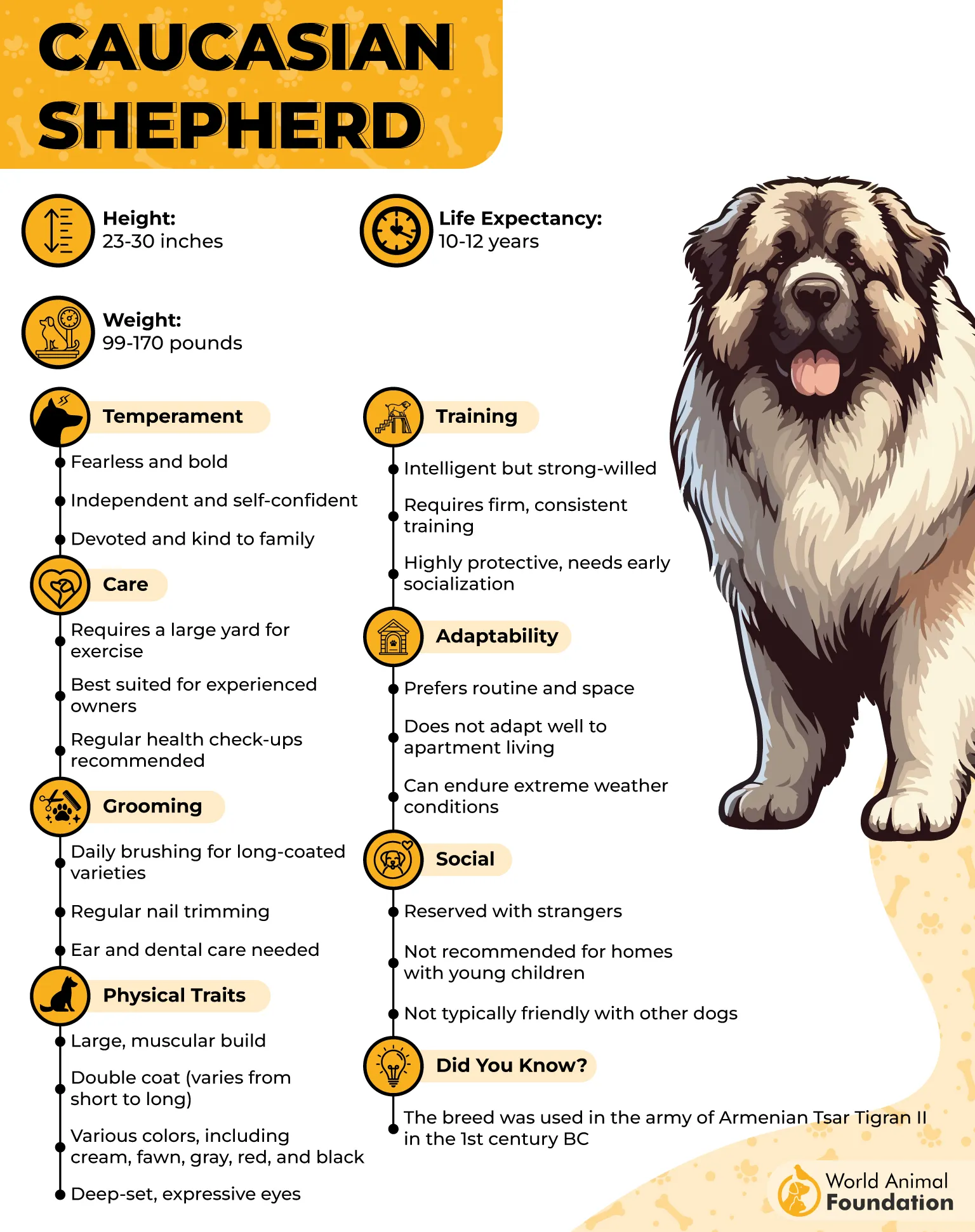
Size That Makes Grizzlies Think Twice: Towering in stature and weighing in at well over 100 pounds, these dogs can physically stand their ground against even grizzly bears.
Ancient War Dog Origins: Used by Armenian ruler Tigranes II in battle against the Romans, this dog has seen more than just bear—it’s seen war.
Low Energy: Often described as calm or even lazy indoors, this dog still has a fight-first instinct if it senses a threat to its pack.
Climatic Toughness: Bred to follow herds from steppes to mountains, they thrive in all seasons and altitudes, making them ideal for anyone who lives near the forest or deep in bear country.
3. Kangal
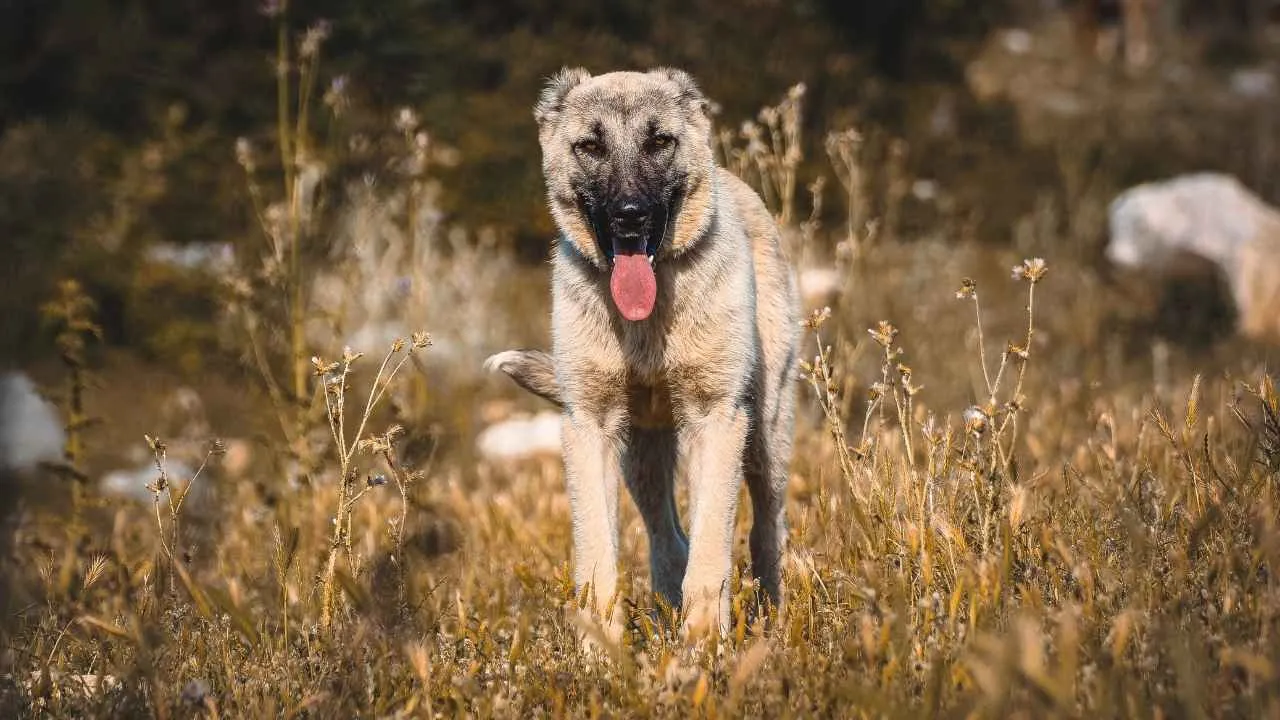
The Kangal might not be a household name, but in its native Sivas, Turkey, it’s been trusted for generations to protect flocks from wolves, jackals, and yes—even bears. This breed doesn’t chase threats. It confronts them with a mix of power and complete confidence.
Bear-Ready Build: Males average over 130 pounds, with the kind of dense muscle that makes them one of the few capable of hunting a black bear or even a grizzly.
Battle-Tested Origins: Bred not to herd, but to fight off wild attackers, these dogs have been doing real-world defense work for centuries, not just for show.
Looks That Warn: With their signature black mask, curled tail, and heavy paws, Kangals don’t need to bark—they look like they mean business because they do.
Sharp Instincts: Their ears pick up subtle sounds in the distance, and they stay low when focused, ready to launch forward and neutralize the danger.
4. Great Pyrenees
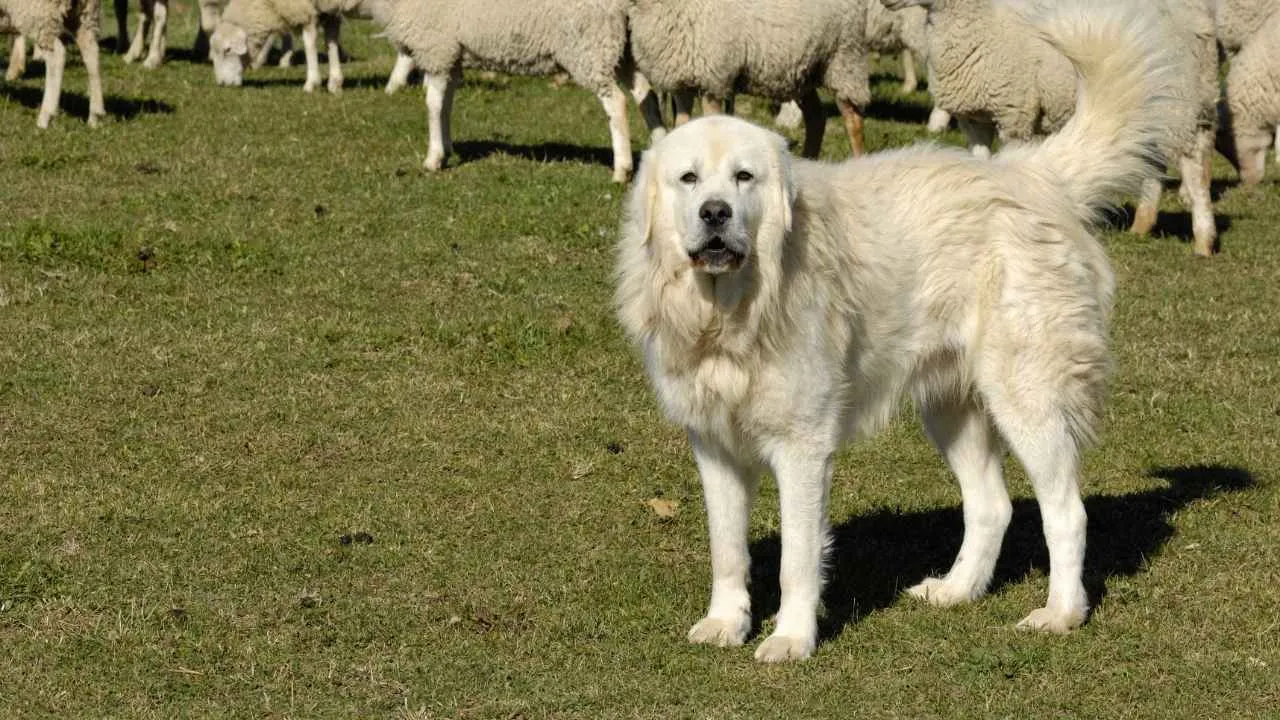
The Great Pyrenees was bred to roam high elevations and guard flocks in solitude, often spending long nights under the stars with nothing but instinct and grit to rely on.
These dogs carry that legacy into the modern world with quiet confidence. They’re large, commanding, and naturally tuned in to what doesn’t belong, making them a dependable choice for remote forests.
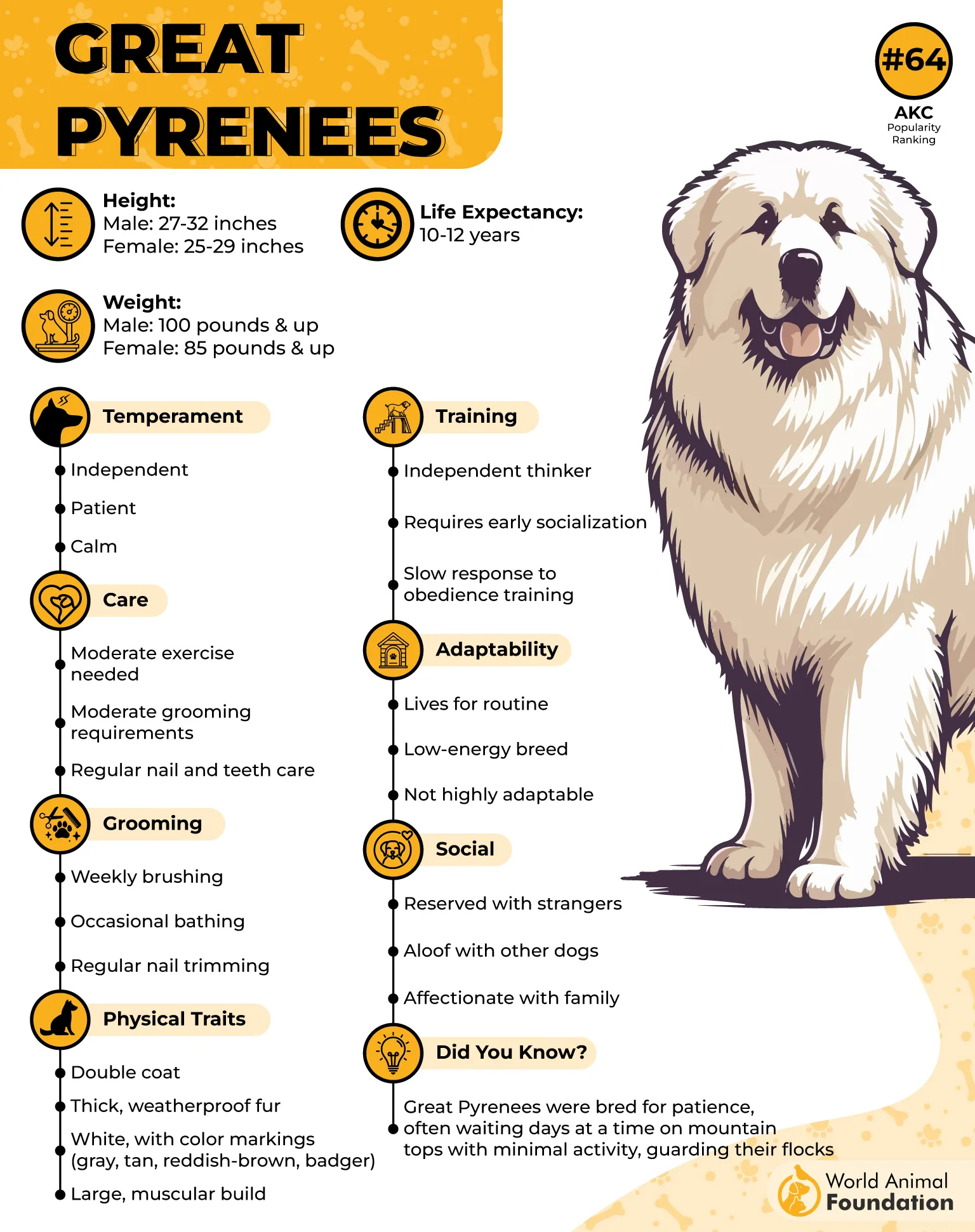
Cold-Weather Warrior: With a dense, water-resistant coat, they’re built to patrol harsh environments and snowy trails without missing a beat.
Intuitive Protector: They don’t need direction—they pick up on changes in routine, unusual sounds, or unfamiliar scents and take initiative quickly.
Independent Yet Devoted: Loyal to their family, but self-sufficient enough to make tough choices in the moment, especially useful if you’re living in rural areas.
Size With Substance: According to WebMD, their weight is 100 pounds; they can easily block access with sheer body mass alone.
5. Akita
The Akita is not your average watchdog—it’s a symbol of loyalty, strength, and unwavering presence in Japanese culture. These dogs were originally bred to protect royalty and nobility, and they still carry themselves with that same self-assured energy today.
Their quiet, watchful nature makes them ideal for families looking for a confident protector who doesn’t need to make noise to be effective.
Emotionally Tuned In: Known to bond deeply with one person, Akitas are incredibly intuitive. They can read their owner’s tone, body language, and even emotional shifts.
Naturally Reserved: Instead of reacting to every noise, they calculate and observe before making a move.
Striking Appearance: With their triangle-shaped ears, curled tail, and thick coat, they’re built for cold climates and look every bit the alpine sentinel.
Minimal Fuss, Maximum Focus: The Akita doesn’t need a pack to be effective. A single dog with the right temperament and environment can easily monitor a yard, property, or trailhead with quiet precision.
Symbol of Gift: According to PetMD, families are often gifted a statue of an Akita when a new baby is born or if someone is ill, meant to bring health, safety, and protection
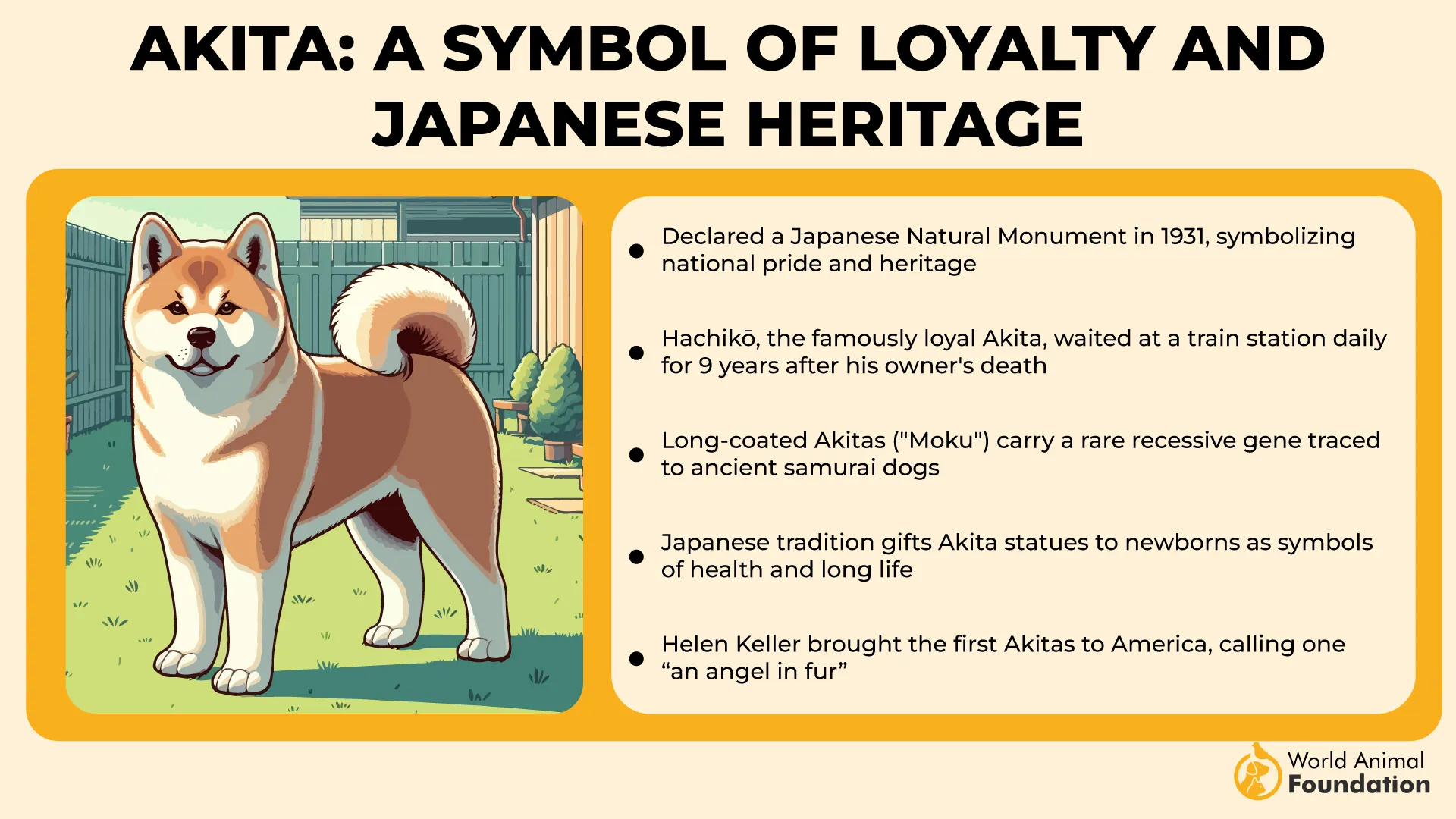
6. Alaskan Malamute
The Alaskan Malamute is more than a sled-puller—it’s a survivalist. These dogs weren’t just bred to haul—they were key companions in navigating harsh Arctic conditions and even helped their humans hunt seals.
Physically Engineered for the Wild: With a broad chest, immense strength, and thick, muscular build, the Malamute can deter most unwanted encounters.
Double Coat, Double Duty: Their thick, woolly undercoat and tough outer coat weren’t just made for show. This dog can comfortably lie in snow, cross ice fields, and in sub-zero temperatures without slowing down.
Naturally Protective: Though not aggressive by default, their bond with their human runs deep. If you’re in danger, they won’t back off from a serious challenge, even if it involves a bear-sized problem.
7. Tibetan Mastiff
The Tibetan Mastiff is a breed born from the mountains and built for defense. With roots tracing back to the 12th century B.C. in China, this is one of the world’s most ancient and primal canine protectors.
These dogs weren’t bred to please—they were bred to guard, often patrolling the harsh Himalayan landscapes to keep flocks and monasteries safe from all manner of wild intruders.
Impressive Build: Weighing up to 150 pounds, this breed possesses bone and muscle that reflect centuries of survival and adaptation.
All-Weather Coat: Their double-layered fur is a marvel of nature—woolly underneath for warmth and thick, bristly on top for added protection. The mane-like ruff around the neck gives them a lion-like look and helps shield vital areas during confrontation.
Reserved Confidence: Unlike hyper-alert breeds, Tibetan Mastiffs stay composed and observant, choosing their responses with measured judgment. They don’t react to noise—they respond to real danger.
Nighttime Sentinels: These dogs are most vigilant when the world is quiet. They often remain still and watchful through the night, detecting and deterring unwelcome wildlife.
Conclusion
When it comes down to it, not every dog is built to decide in the moment whether to hold ground or not, but the breeds on this list can. These dogs were shaped by nature, by purpose, and by people who needed hunters, guardians, and partners in survival.
Having a dog that’s not just loyal but brave enough to face real dangerous wildlife can make all the difference. These aren’t just pets—they’re your first line of defense, ready to put themselves between you and harm without hesitation.
It’s not just about muscle or size—it’s about instinct and the deep, centuries-old bond between human and canine. These breeds aren’t here to attack for sport. But if a bear crosses the line, they’ll respond with the clarity of a true friend—the kind that protects first and asks questions later.


